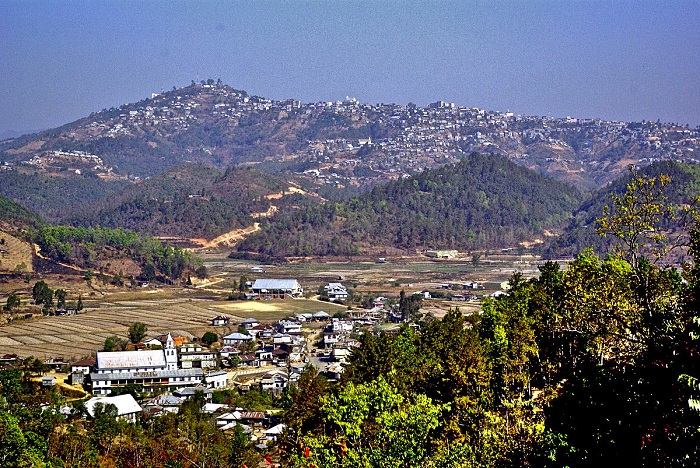Providing a host of incentives to drive solar development in the state, the government of Mizoram has formulated the Mizoram Solar Power Policy 2017, aimed at ensuring reliable power supply and a sustainable energy mix for the state.
With a goal to develop 80 MW of solar projects (rooftop + ground mounted), the policy is expected to encourage the use of solar power among consumers and attract investments in the solar sector of Mizoram, which is seeking to back the Indian government’s 2022 targeted capacity of 100 GW.
In addition to offering substantial support to decentralized distributed generation systems and off-grid projects, such as solar street lighting systems, solar home lighting system, solar power pack/plants and solar water pumping systems, the policy stipulates with regard to projects connected to the grid that a microgrid of up to 10 kW is eligible for an incentive of INR115/W; a mini grid of 10 kW to 500 kW for INR 99/W; while a rooftop solar developer can receive 70% of the benchmark cost as incentive to develop a 1 kW to 500 kW installation. Furthermore, to set up project in a solar park, a developer can receive an incentive of INR 20lakh/MW and any unemployed person or farmer in Mizoram can receive an incentive of INR 50lakh/MW.
The policy states that it would be mandatory for all state government department/institutions to install solar rooftop systems on the official buildings, wherever technically feasible, as well as that all buildings in the state are eligible to set up grid-connected rooftop solar projects within the specified capacity (1 kW and above) for rooftop solar projects, with net-meters installed so that consumers can reap direct benefits.
According to the policy, the government shall provide 100% refund of stamp duty paid upon the purchase of land for solar projects in the state, and all solar power projects, as well as manufacturing facilities and ancillary units of the solar power projects, are exempt from electricity duty.
In terms of PPAs, the policy envisages that their minimum duration will be 10 years, whereas the distribution utility that has entered into a PPA with a project developer will provide a letter of credit equivalent to two months’ expected payment as security.
Among other key enabling provisions are: banking of 100% energy produced allowed for captive and open access consumers; possibility of third-party sale of power for grid-connected solar projects because the individual owner or group can sell it to distribution utilities or utilize it for captive consumption; and a reduction in contract demand of up to 50% of installed project capacity by the distribution utility, provided a solar project is not utilizing the evacuation system of a distribution utility.
Author: Marija Djordjevic
This content is protected by copyright and may not be reused. If you want to cooperate with us and would like to reuse some of our content, please contact: editors@pv-magazine.com.








By submitting this form you agree to pv magazine using your data for the purposes of publishing your comment.
Your personal data will only be disclosed or otherwise transmitted to third parties for the purposes of spam filtering or if this is necessary for technical maintenance of the website. Any other transfer to third parties will not take place unless this is justified on the basis of applicable data protection regulations or if pv magazine is legally obliged to do so.
You may revoke this consent at any time with effect for the future, in which case your personal data will be deleted immediately. Otherwise, your data will be deleted if pv magazine has processed your request or the purpose of data storage is fulfilled.
Further information on data privacy can be found in our Data Protection Policy.